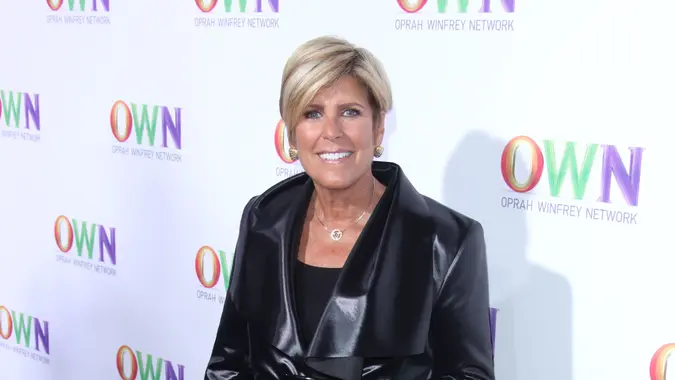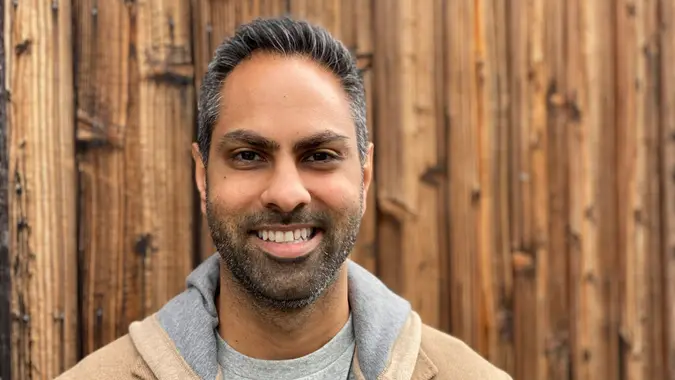Suze Orman: 76% of People Have Zero Emergency Funds — How To Build One Fast

Commitment to Our Readers
GOBankingRates' editorial team is committed to bringing you unbiased reviews and information. We use data-driven methodologies to evaluate financial products and services - our reviews and ratings are not influenced by advertisers. You can read more about our editorial guidelines and our products and services review methodology.

20 Years
Helping You Live Richer

Reviewed
by Experts

Trusted by
Millions of Readers
One of financial experts’ most recurring pieces of advice is to build — and beef up — an emergency fund, which they generally say should cover multiple months of living expenses. These are key to financial wellness and might also keep you from getting in debt or dipping into retirement savings.
Yet, a whopping 76% of Americans currently lack sufficient savings to cover even a single month’s worth of expenses in case of an emergency, according to a report from emergency savings startup SecureSave, which was co-founded by personal finance expert and New York Times bestselling author Suze Orman.
“The lack of emergency savings has become a billion-dollar problem for employers, and a serious problem for employees,” said Orman in a press release. “Employer-sponsored emergency savings accounts are now the number one benefit that employers need to offer, and time is of the essence.”
Indeed, the lack of emergency savings can have detrimental consequences, as another survey, this one by LendingTree, found. The survey revealed that 27% of Americans say they’re in debt due to a past emergency expense they couldn’t cover. And among those who faced a financial emergency in the past six months, more than half — 55% — took on debt because of it, with 27% of them taking on more than $5,000 in debt, the survey found.
In turn, Orman recommends that people have enough money to cover 12 months’ worth of expenses in an emergency fund, up from her previous eight months’ recommendation, according to MarketWatch.
“You know that my hope is that you work your way toward having enough set aside to cover 12 months of essential living costs. And you also know that I realize that can take time,” Orman told MarketWatch.
While Orman also said that it’s essential for people to have two separate emergency funds –one for known expenses and one for unknown expenses — she also realizes it’s not always feasible. In turn, she recommended starting small.
“Something is better than nothing. Work on the unexpected emergency account and get out of credit card debt,” she said. “Then you’ll have the money that you were paying the credit cards to go towards your must-pay account.”
Another tip from Orman: Rates are still high in certain savings accounts, such as high yield savings accounts and money market funds.
“At least you’re making money on that money. When that wasn’t true, there was no financial incentive for people to save because they were earning zero,” added Orman.
More From GOBankingRates
 Written by
Written by  Edited by
Edited by 

























